 Health advocate and community doctor Josh San Pedro said that mass testing remains important amid the increasing number of cases, and the new coronavirus variant, which is proving to be more transmissible. After all, vaccines have no 100 efficacy rate and that chances of getting infected remain.
Health advocate and community doctor Josh San Pedro said that mass testing remains important amid the increasing number of cases, and the new coronavirus variant, which is proving to be more transmissible. After all, vaccines have no 100 efficacy rate and that chances of getting infected remain.
By JANESS ANN J. ELLAO
Bulatlat.com
MANILA – Under the world’s longest and strictest COVID-19 lockdown, Philippine President Rodrigo Duterte repeatedly proclaimed that the answer to the pandemic is “only vaccine.” Such declaration came amid mounting criticisms to government’s poor response.
Since day one, the Duterte administration has ignored calls for mass testing, isolation and treatment of possible patients. Social protection for displaced workers and affected enterprises has also been wanting. It took ten months, when the nation reached over 400,000 confirmed cases of COVID-19, for Duterte to realize the importance of mass testing in the fight against one of mankind’s most dreaded viruses.
But the irony did not end here.
After pinning the people’s hope in the much-coveted vaccine, Foreign Affairs Secretary Teodoro Locsin Jr. revealed that Health Secretary Francisco Duque III had “dropped the ball” in the negotiations to secure the first batches of vaccines for the Filipino people. Duque reportedly failed to work on the necessary requirements.
Health advocates pointed out that vaccine is just one response. “It is not the be-all and end-all of our COVID response,” said University of the Philippines professor Gene Nisperos in the recent episode of online forum Second Opinion.
Mass testing still important
Back in March, Duterte said that in “a matter of days,” big and developed economies such as the US, Russia, and Japan are “working of overtime to come up with the vaccine.”
“There is no solution unless there is a vaccine by the grace of God that scientists are able to find or create one,” he said after placing the entire country in hard lockdown.
Neighboring countries, meanwhile, did not wait for the vaccine and implemented minimum health standards, increased their testing capacity, and provided social protection to the vulnerable to reduce the infection rates.
Countries such as a South Korea and Vietnam both invested in their testing capacity and provided their people with transparent communication campaigns to explain the importance of social distancing, travel restrictions, and other health standards.
Read: #SanaALL? | Rapid, scientific response key in controlling COVID-19 cases in S. Korea, Vietnam
In the Philippines, even the mere definition of mass testing has been debated for weeks and months. Testing facilities are also primarily based in Metro Manila and other big cities, denying those in the provinces timely and accurate results. As of Dec. 28, sixty-eight out of the 154 licensed testing laboratories are in the National Capital Region.
Health advocate and community doctor Josh San Pedro told Bulatlat that mass testing remains important amid the increasing number of cases, and the new coronavirus variant, which is proving to be more transmissible. After all, San Pedro added that vaccines have no 100 efficacy rate and that chances of getting infected remain.
With cases expected to surge in during and after the Christmas holidays, San Pedro lamented that the country’s testing capacity is “way below” the 30,000 daily tests target of the Philippine government.
On Dec. 28, for instance, only 16,121 individuals were tested for the virus. San Pedro attributed the significant drop in the number of tested individuals to lesser testing centers open during the holiday break. The co-convenor of Coalition for People’s Right to Health added that there would be surge of cases after the holiday break.
Logistical requirements for vaccines
Still, the Philippine government will be entering 2021 seemingly unprepared.
In December, four vaccine manufacturers filed their intention to conduct Phase 3 clinical trials in the Philippines. The government, too, has reportedly been conducting negotiations with big pharmaceutical giants such as Pfizer, Moderna, and Sinovac.
As of this writing, the Philippines has not formally inked any agreement with pharmaceutical giants that developed the vaccines. Yet, members of the Presidential Security Group have already received their vaccine doses, reportedly that of China’s. How these vaccines have been brought to the country, let alone administered, remains a question.
The use of the said vaccines outside of the country’s regulatory processes, the Coalition for People’s Right to Health said, has put at risk the entire vaccination effort and the people’s health sacrificed for the convenience and privilege of the few.
Finance Secretary Carlos Dominguez III has earlier said that the country needs at least $1.5 billion to roll out its vaccination program to hotspot areas and among sectors such as state security forces, health workers, and Filipinos who are part of the government conditional cash transfers. To accomplish this, he said, the Philippine government may secure loans, grants, and bilateral ties with countries developing vaccines.
The Philippine government allotted $1.5 billion for the vaccines, of which only $52-million has sure funding, and the rest will depend on foreign grants or the country’s revenues next year.
Apart from procurement, logistical requirements in distributing vaccines are proving to be a nightmare, even for countries such as the US, whose health services have clearly been overwhelmed in recent months.
Health advocate and doctor Geneve Rivera, in an online episode of Second Opinion, said that the cold chain for the vaccines, referring to its storage temperature, might be compromised with many hospitals in the regions that are not equipped with medical-grade refrigerators or communities that do not have electricity at all.
Most of these medical-grade refrigerators, she added, are located in Metro Manila.
“If you cannot bring the vaccine to the people, then you bring the people to the vaccine. This is where the (logistical) problem lies,” she said.
Rivera said that it determining the safest and most effective vaccine, for now, is “too early” as developing such would normally take at least three decades for pharmaceutical companies to perfect it.
Rivera noted that political relations remain the reason that Sinovac Biotech’s vaccine against the dreaded virus is still the leading option for the Philippine government.
As it stands, vaccine-scare is still very much prevalent among many Filipinos, following the Dengvaxia brouhaha. “People are doubtful because the complaints against the Dengvaxia were not properly investigated. There were no investigation on the supposed adverse effects of the vaccine,” said Rivera.
According to the Chief Pathologist of the Public Attorney’s Office, 153 of those vaccinated with Dengvaxia had died as of February 18, 2020.
Vaccination, she furthered, should not be imposed or forced on people. Transparency and accountability, must be at the heart of the program.
Leading toxicologist Dr. Romeo Quijano, meanwhile, warned against all the potential adverse effects of a Covid-19 vaccine, which he said, cannot possibly be detected adequately by limited clinical trials.
For Quijano, resources spent on community-based, public health participatory approaches in pandemic control are more rational and much less dangerous than haphazard lockdowns and expensive vaccination programs.
The CPRH said the COVID-19 crisis has proven that the health care system must be revamped. “We owe it to our patients and future generations to build a better, responsive health care system that values health as a right, and never as a privilege or commodity.” ![]()

![Health advocate and community doctor Josh San Pedro said that mass testing remains important amid the increasing number of cases, and the new coronavirus variant, which is proving to be more transmissible. After all, vaccines have no 100 efficacy rate and that chances of getting infected remain. By JANESS ANN J. ELLAO Bulatlat.com MANILA – […]](https://www.altermidya.net/wp-content/uploads/2021/01/covid19_masstesting-840x560-1.jpg)

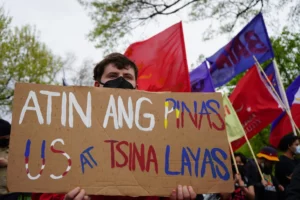
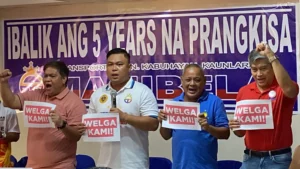
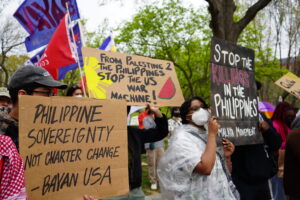

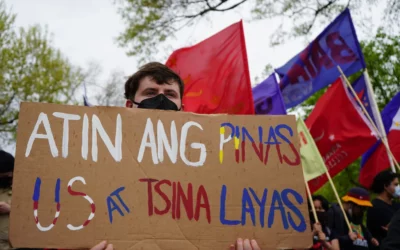
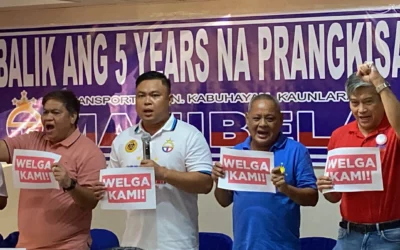
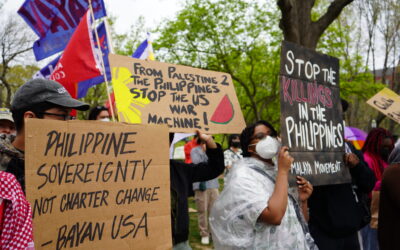
0 Comments